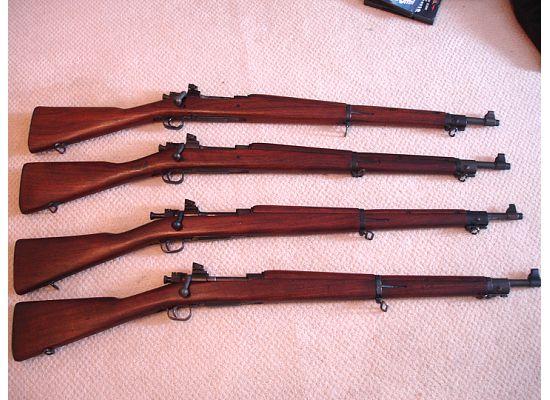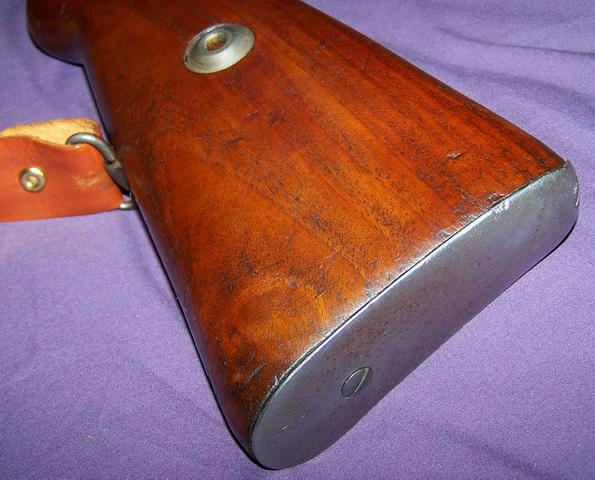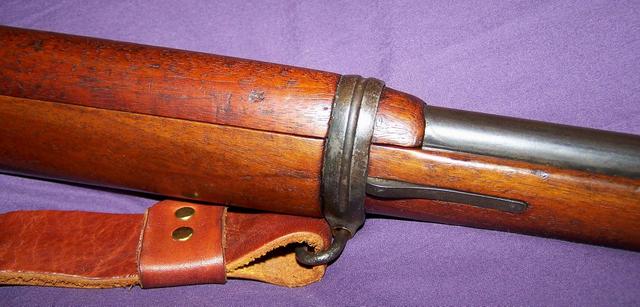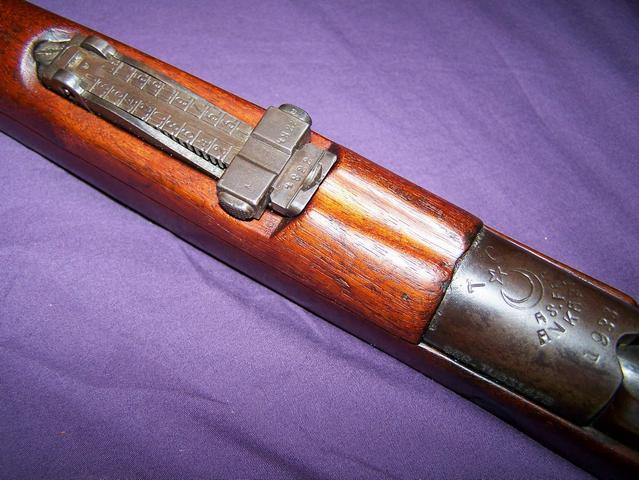-
What's the best stain for wood before Linseed oil is applied?
Hi everyone,
Trying to figure out what best off the shelf product could be used to stain used Lee Enfield wood.
Reason is: when I get used stocks, even if all parts are the same type of wood, often the colour between all the parts isn't the same; so a little bit of staining would make things look better.
But, I find that linseed oil doesn't like all types of stains.
doesn't like all types of stains.
I was thinking of trying, next, to locate a type of stain from Cabot, which is tung oil-based. Any thoughts?
Lou
Information
 |
Warning: This is a relatively older thread
This discussion is older than 360 days. Some information contained in it may no longer be current. |
|
-
-
02-06-2009 08:50 AM
# ADS
Friends and Sponsors

-
FREE MEMBER
NO Posting or PM's Allowed

i just used some murphys furniture oil on my used Enfield. Seems to work pretty good. And the gun just sucked it right up.
-
FREE MEMBER
NO Posting or PM's Allowed


Originally Posted by
louthepou

Hi everyone,
Trying to figure out what best off the shelf product could be used to stain used Lee Enfield wood.
Reason is: when I get used stocks, even if all parts are the same type of wood, often the colour between all the parts isn't the same; so a little bit of staining would make things look better.
But, I find that
linseed oil
doesn't like all types of stains.
I was thinking of trying, next, to locate a type of stain from Cabot, which is tung oil-based. Any thoughts?
Lou
An alcohol or glycol bases stain really penetrates well and I suspect would do what you want. I like laurel mountain forge stains. I have finished several muzzleloaders with LMF and then used BLO over them with great success.
over them with great success.
-
Deceased November 14th, 2010

Another great dye for stocks before linseed.
I have used for years a product called "Fiebing's Leather Dye", in various shades of brown. It is available through the mail from Tandy Leather, and it
gives a lovely deep color to the wood. You can control the color by how quickly you wipe it off, and how many coats you apply. I have used medium brown, chocolate and dark brown. For god's sake don't spill it on your wife's kitchen table, you will be sleeping in the garage for a LONG time! I am not sure, because it doesn't say, but I believe it is in the family of aniline dyes.
scrmblerkari
-
Legacy Member

-
-
FREE MEMBER
NO Posting or PM's Allowed

New guy from CSP, I like to use...
Varathane Red Oak stain. It is a soy based stain that penetrates very well. . I also like to top coat with red mahagoney danish oil. It goes on well and gives a slight red color. FWIW Truman (CSP
I also like to top coat with red mahagoney danish oil. It goes on well and gives a slight red color. FWIW Truman (CSP transfer)
transfer)
-
Legacy Member


Originally Posted by
scrmblerkari

I have used for years a product called "Fiebing's Leather Dye", in various shades of brown. It is available through the mail from Tandy Leather, and it
gives a lovely deep color to the wood. You can control the color by how quickly you wipe it off, and how many coats you apply. I have used medium brown, chocolate and dark brown. For god's sake don't spill it on your wife's kitchen table, you will be sleeping in the garage for a LONG time! I am not sure, because it doesn't say, but I believe it is in the family of aniline dyes.
scrmblerkari
+1 for Fiebing's. I heard the alcohol-based version was being discontinued, so I bought 2 quarts of it!
Dixie Gun Works sells a stain based on Fiebing's (you can see the Fiebing's label under the Dixie Gun Works label on the bottle) Dixie Gun Works muzzleloading, blackpowder and rare antique gun supplies.
Another useful alcohol-based stain is Chestnut Ridge Dark Walnut Military Walnut Stain
All of these work well with linseed or pure tung oil finishes.
-
-
FREE MEMBER
NO Posting or PM's Allowed

One point worth noting, some of the beech stocks don't take kindly to stain. On regular walnut, Kiwi brown shoepolish works well.
-
FREE MEMBER
NO Posting or PM's Allowed

Alcohol stains
The best that I have found is using alcohol stains, Gale lock company dark walnut and chestnut ridge dark walnut. The gale lock is a regular walnut color and the chestnut has a red tint to it. with these two and a littl practice, so can match up even different shades of the base wood to all look the same. The trick is to not use them full strength, the more coats you use, the darker it gets, so I cut mine with a 50% mix of isopropyl alcohol so I can work up to the color I want. I normally get the gale lock to match all pieces the walnut color and then use the thinned down chestnut to add the red tint. One other word of caution, you need to have a good eye for the "wet" color of each piece. When the wood is still wet from the stain it will end up the same color as when you put the oil coat on. DO NOT base your color on the dried look as you will end up adding more stain to get it a darker color and then be disappointed when you add the oil coat and it turns out very dark. One more trick to check color before the oil coat is to take straight isopropyl alcohol and put a sparyer on the bottle. Spray the entire stock set with this to wet it and you will be able to see what it will look like with the final oil coat on it. This wetting with straigh alcohol will not chage the color at all, just a little trick for you to check the color beofre you put BLO or Tung Oil on.
or Tung Oil on.
-
FREE MEMBER
NO Posting or PM's Allowed

I agree with everyone in regards to alcohol based dye/stains. I have used Behlen Solar-Lux American Walnut for some time with good results. I reduce by 50%. Alcohol based products allow for proper absorbtion of linseed oil or other oil based finishes.
or other oil based finishes.
doesn't like all types of stains.

















 PM
PM









 I also like to top coat with red mahagoney danish oil. It goes on well and gives a slight red color. FWIW Truman (
I also like to top coat with red mahagoney danish oil. It goes on well and gives a slight red color. FWIW Truman (
